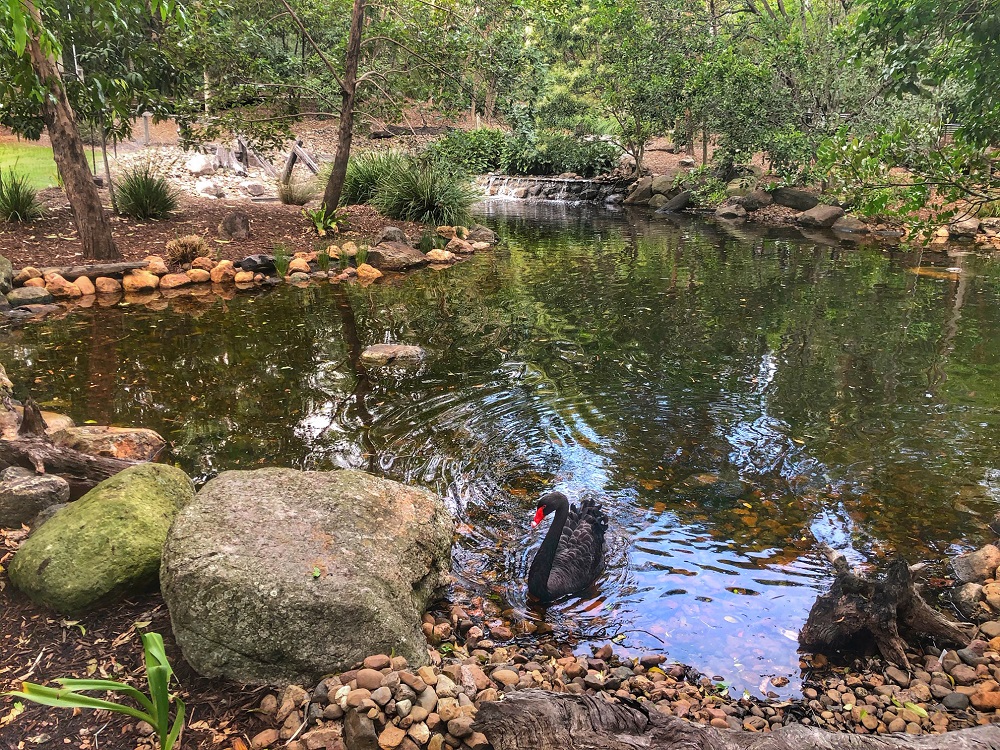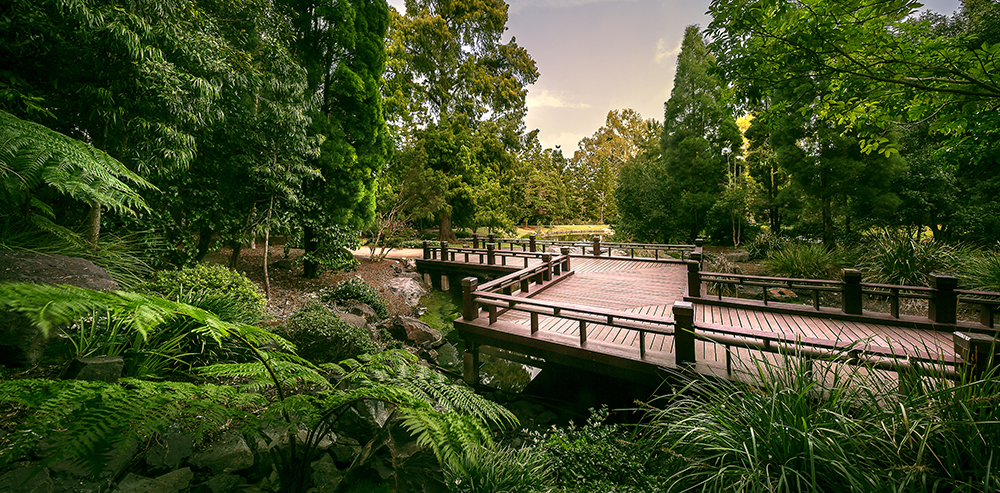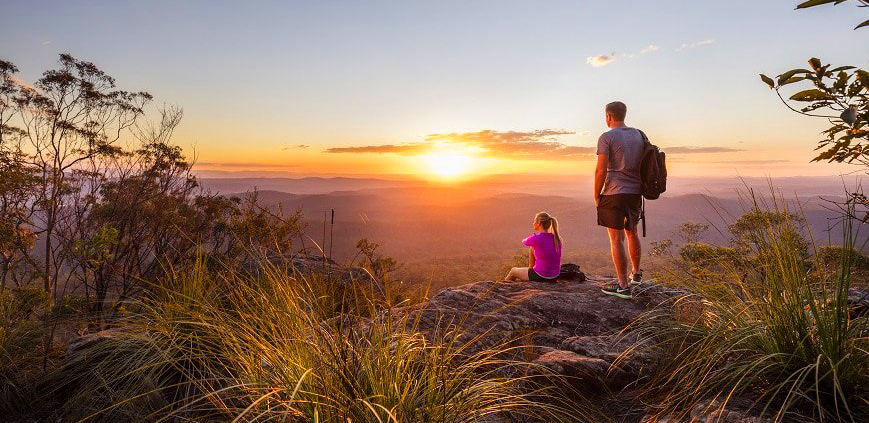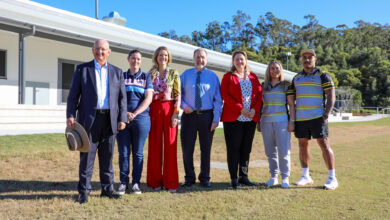The Tusked Frog, Flinders Plum and other native flora and fauna are set for a boost in the years ahead, after council adopted the city’s first ever Natural Environment Policy at its September meeting.
The new policy was shaped by local data and feedback from environmental groups, traditional owners, schools and relevant stakeholders.
Ipswich Mayor Teresa Harding said natural spaces bring so much to Ipswich, keeping the city liveable and supporting its flourishing tourism industry.
“Our 1.5 million annual visitors come to Ipswich for many wonderful experiences, including the opportunities provided by our natural assets,” Mayor Harding said.
“Conserving native habitat, protecting waterways, and working with community groups are just three ways council is boosting our environment.
“This new policy is our commitment to keep protecting Ipswich’s green spaces and environmental infrastructure in the years ahead.”


Environment and Sustainability Chair Councillor Russell Milligan said Ipswich’s natural environment provides vital habitat to the diverse native flora and fauna of our region.
“Ipswich has seen modification over an extended period of time from activities such as urban settlement, mining, forestry and agriculture,” Cr Milligan said.
“Yet despite extensive modification of our natural environment, the city has managed to retain and conserve biologically diverse, ecologically important and attractive natural areas and systems.
“Council has a solid background of protecting, managing and enhancing the natural environment through initiatives including the Ipswich Enviroplan.”
The new Natural Environment Policy focuses on seven priority areas for Council, including:
- Biodiversity and Threatened Species Recovery
- Wetlands and Waterways Improvement
- Urban Biodiversity Enhancement
- Natural Area Restoration and Protection
- Experiencing Nature
- Community Awareness and Support
- Governance, Measuring and Reporting
The Policy is part of council’s push for a natural and sustainable city under iFuture, its 20-year city vision developed following community feedback.
Read also:



It was pleasing to read of Council’s Natural Environment Policy and I hope that it meets all expectations. Not all natural areas are necessarily noticeable. I live close to the new development on the corner of Collingwood Drive and Goss Drive. The bulldozers moved in today to begin work and my heart is heavy at the thought of the amount of wildlife destroyed even in such a small area. I regularly walk in the very early hours around my local streets and am quite aware of what happens in the natural world during the seasons, with spring perhaps being the most important as far as the sustainability of wildlife is concerned. That small amount of bushland has been home and refuge to marsupials large and small, reptiles, frogs and a variety of birdlife -in my almost two decades of residence here, I have often seen kangaroos & wallabies heading for that bush as the sun rises, from nearby reserves and parks – such as Hawke Avenue Park and Banjo Paterson Park, and have enjoyed occasional sightings and the daily sounds of kookaburras, cuckoos, owls and other smaller species of birds. It is sad to think that now, at the beginning of spring, baby birds have been destroyed and the safety and refuge of adult birds and animals in that area no longer exists for them. One of course realises the necessity of providing homes for future residents and the associated income for Council from the rates and fees so generated such that amenities and facilities are provided for rate payers, but I trust that Council will in the future look at smaller developments such as this (approximately 60 blocks of land currently) in urbanised areas and consider them to be as vital in the name of preservation as the much larger projects in the region.
Its about time.
what about “developer offsets” the mechanism developments get to destroy functioning waterway and bordering vegetation to maximise their profits?????????????????
I feel that there has to be a more concerted effort by council to reserve habitat for Koalas,at the moment developers are allowed to totally anihilate habitat,surely there could be a policy where habitat corridors could be left in tact.